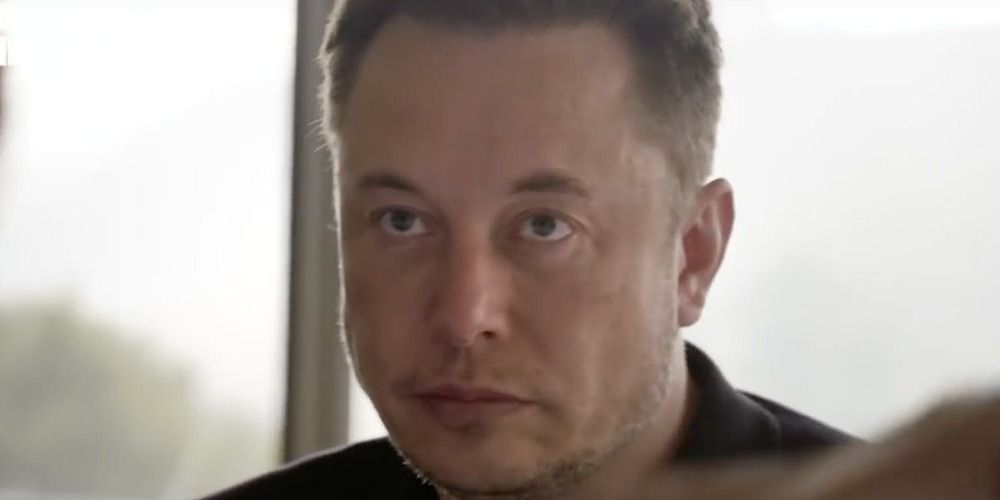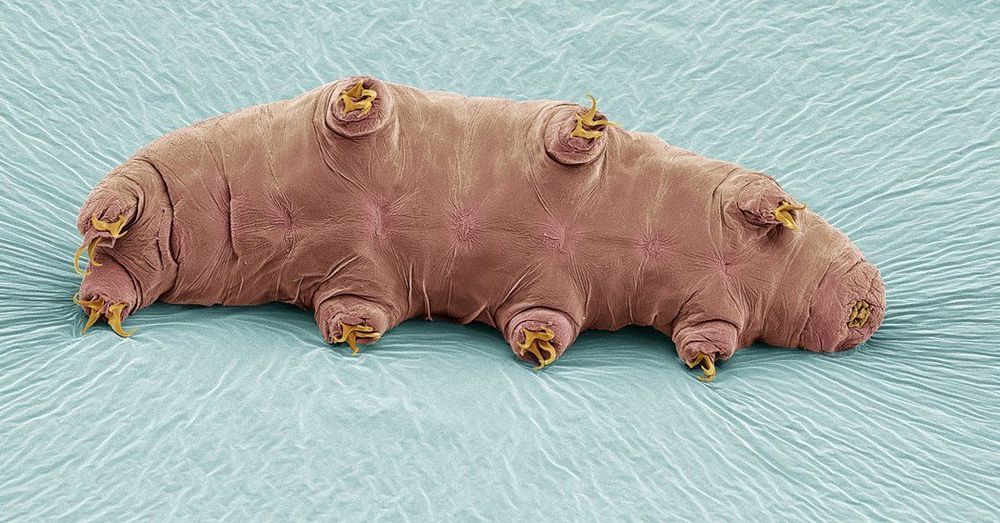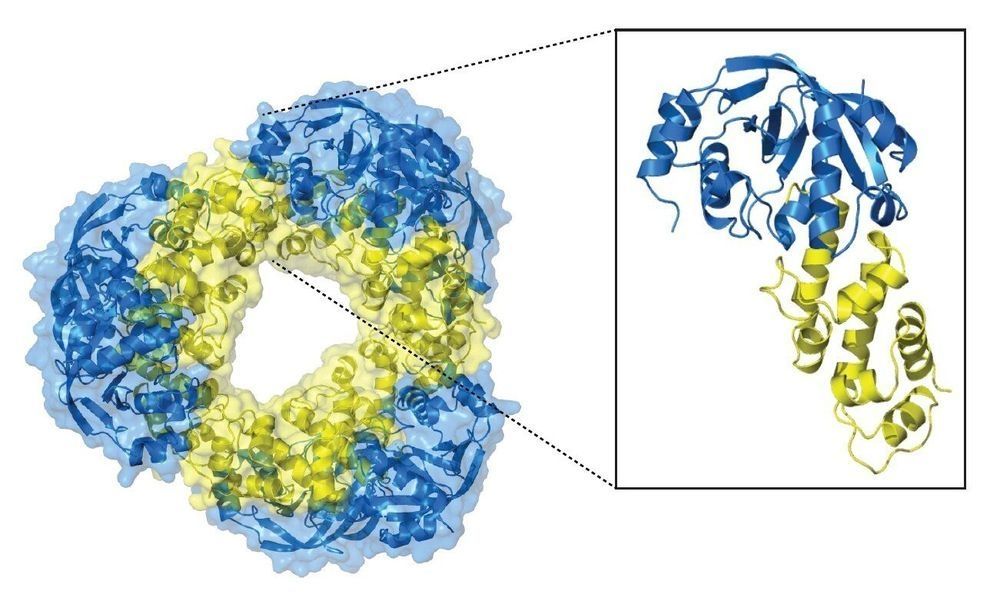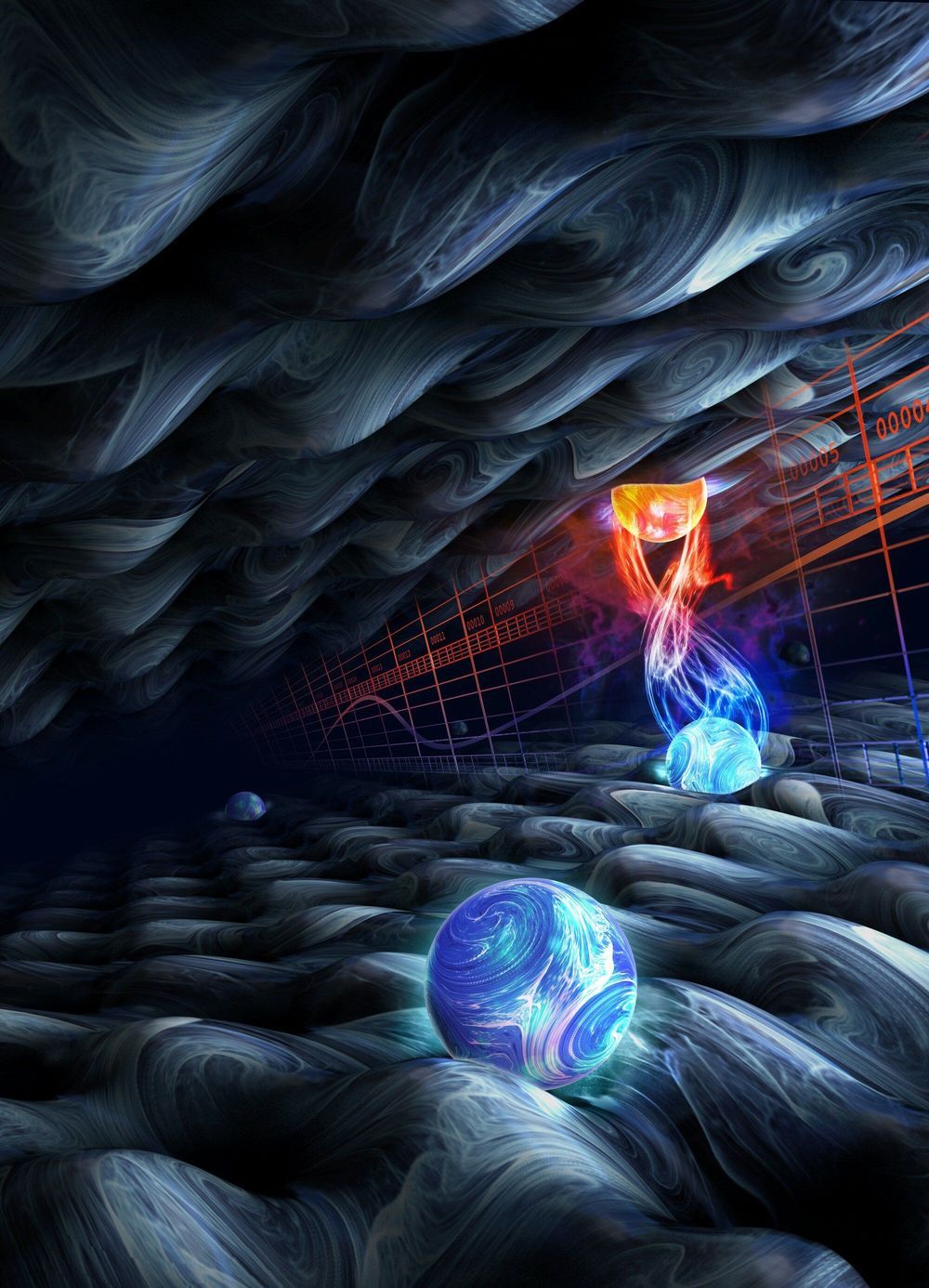Page 9028
Feb 19, 2019
How oyster mushrooms helped clean up after California’s wildfires
Posted by Quinn Sena in category: food
Mycelia consume their food externally, by secreting powerful enzymes that break down molecules. In other words, they “digest” whatever substrate, or surface, they’re growing on, converting it to nutrients and—depending on the substrate—edible mushrooms.
Proponents say it’s a natural, more benign, and potentially cheaper alternative to the “scrape and burn” approach to environmental clean-up, which involves digging up contaminated soil and incinerating it.
The problem with that traditional approach is that it can remove potentially fertile topsoil, says Theresa Halula, who teaches mushroom cultivation at Merritt College in Oakland, California. Mycoremediation, on the other hand, she says, can help clean up toxic sites while actually improving soil fertility.
Continue reading “How oyster mushrooms helped clean up after California’s wildfires” »
Feb 19, 2019
Searching Tardigrades for Lifesaving Secrets
Posted by Quinn Sena in categories: biotech/medical, space
There are many instances in medicine when it would be helpful to stop, or greatly slow down, time. Doing so could spare a limb from amputation, prevent paralysis after a stroke or save your life following a heart attack.
Across the tree of life, there are many organisms that can essentially cheat time by decelerating their biology. Chief among them is the tardigrade, a creature no bigger than a speck of sand that can survive severe temperatures and pressures, outer space and all sorts of apocalyptic scenarios by entering a dormant state called anhydrobiosis.
A team at Harvard Medical School is studying tardigrades in hopes of finding medical treatments that halt tissue damage. In particular, the scientists are drawing inspiration from special proteins suspected to help tardigrades achieve suspended animation. They aim to synthesize a version of these proteins that can enter human cells and pause processes leading to cell death.
Continue reading “Searching Tardigrades for Lifesaving Secrets” »
Feb 19, 2019
Big discoveries often need big detectors, and Fermilab’s Deep Underground Neutrino Experiment is one of the biggest
Posted by Quinn Sena in category: cosmology
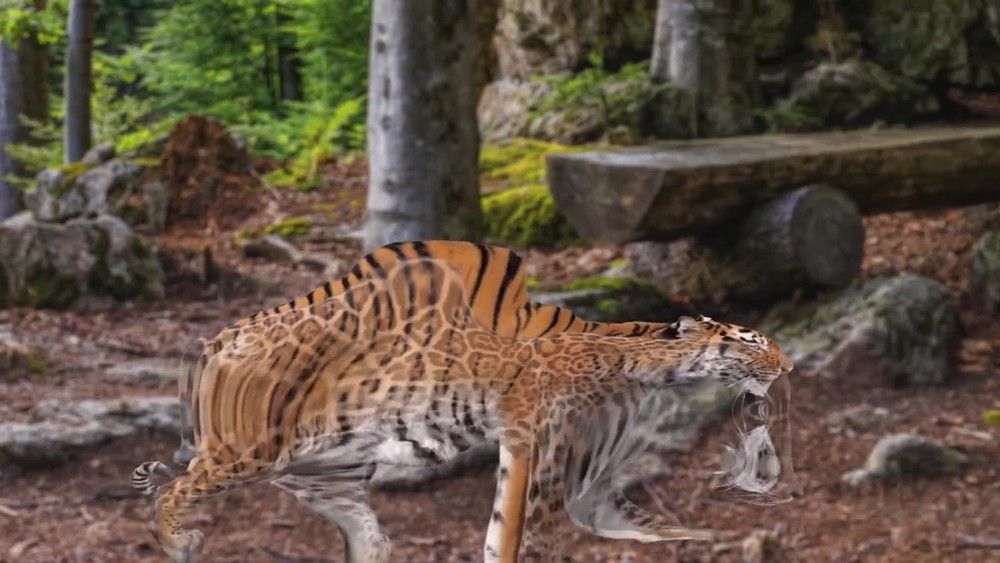
Fermilab plans to send beams of neutrinos and antimatter neutrinos through the earth from Chicago to South Dakota. The DUNE experiment will study neutrino interactions in great detail, with special attention to: 1) comparing the behaviors of neutrinos vs. antineutrinos, 2) looking for proton decay, and 3) searching for the neutrinos emitted by supernovae. The experiment is being built and should start operations in the mid-to-late 2020s.
It’s just a matter of time before we build a machine that can take us into the far future.
Feb 19, 2019
This Site Uses Deep Learning to Generate Fake Airbnb Listings
Posted by Quinn Sena in categories: food, habitats, robotics/AI
There’s a four-bedroom Edinburgh unit with “original wood floors,” listed by Christine. And there’s a two-bathroom apartment in Gainesville with a double sofa bed and open kitchen plan, listed by Michel. A “beautiful apartment” in Berlin has a “floral feeling.” A three-bedroom in Rome includes “utilities and toiletries.”
There’s just one problem with these Airbnb listings: they don’t exist.
Feb 19, 2019
EU urged to back lab-grown meat to feed ‘unsustainable’ European consumption
Posted by Quinn Sena in category: food
EU policymakers have been urged to shake up European diets by pouring public money into creating lab-grown meat as a viable mass-market alternative.
Feb 19, 2019
**Suicide system in tuberculosis bacteria might hold key to treatment
Posted by Quinn Sena in category: biotech/medical
Tuberculosis (TB) is one of the top 10 causes of death worldwide. In 2017, 10 million people around the world fell ill with TB and 1.3 million died. The genome of the bacterium that causes TB holds a special toxin-antitoxin system with a surprising function: Once the toxin is activated, all bacterial cells die, stopping the disease. An international research team co-led by the Wilmanns group at EMBL in Hamburg investigated this promising feature for therapeutic targets. They now share the first high-resolution details of the system in Molecular Cell.
Mycobacterium tuberculosis is the bacterium that causes TB in humans. Its genome holds 80 so-called toxin-antitoxin (TA) systems, sets of closely linked genes that encode both a toxic protein and an antitoxin—a toxin-neutralising antidote.
When the bacteria are growing normally, toxin activity is blocked by the antitoxin’s presence. But under stress conditions such as lack of nutrients, dedicated enzymes rapidly degrade the antitoxin molecules. This activates the toxin proteins in the cell and slows down the growth of the bacteria, allowing them to survive the stressful environment.
Continue reading “**Suicide system in tuberculosis bacteria might hold key to treatment” »
Feb 19, 2019
The open-source movement to hack your arugula
Posted by Quinn Sena in categories: cybercrime/malcode, food

95 percent less water circa 2018.
Open-source farming could challenge Big Ag and take crop production to new heights.
Continue reading “The open-source movement to hack your arugula” »
Feb 19, 2019
Observation of quantized heating in quantum matter
Posted by Quinn Sena in categories: energy, law, mathematics, quantum physics
Shaking a physical system typically heats it up, in the sense that the system continuously absorbs energy. When considering a circular shaking pattern, the amount of energy that is absorbed can potentially depend on the orientation of the circular drive (clockwise/anti-clockwise), a general phenomenon known as circular dichroism.
In 2017, Nathan Goldman (ULB, Brussels), Peter Zoller (IQOQI, Innsbruck) and coworkers predicted that circular dichroism can be quantized in quantum systems (heating is then constrained by strict integers) forming a “topological state.” According to this theoretical prediction, the quantization of energy absorption upon circular driving can be directly related to topology, a fundamental mathematical concept that characterizes these intriguing states of matter.
Writing in Nature Physics, the experimental group of Klaus Sengstock and Christof Weitenberg (Hamburg), in collaboration with the team of Nathan Goldman, reports on the first observation of quantized circular dichroism. Following the theoretical proposal of Goldman, Zoller et al., the experimentalists realized a topological state using an ultracold atomic gas subjected to laser light, and studied its heating properties upon circular shaking of the gas. By finely monitoring the heating rates of their system, for a wide range of driving frequencies, they were able to validate the quantization law predicted by Goldman, Zoller et al. in 2017, in agreement with the underlying topological state realized in the laboratory.
